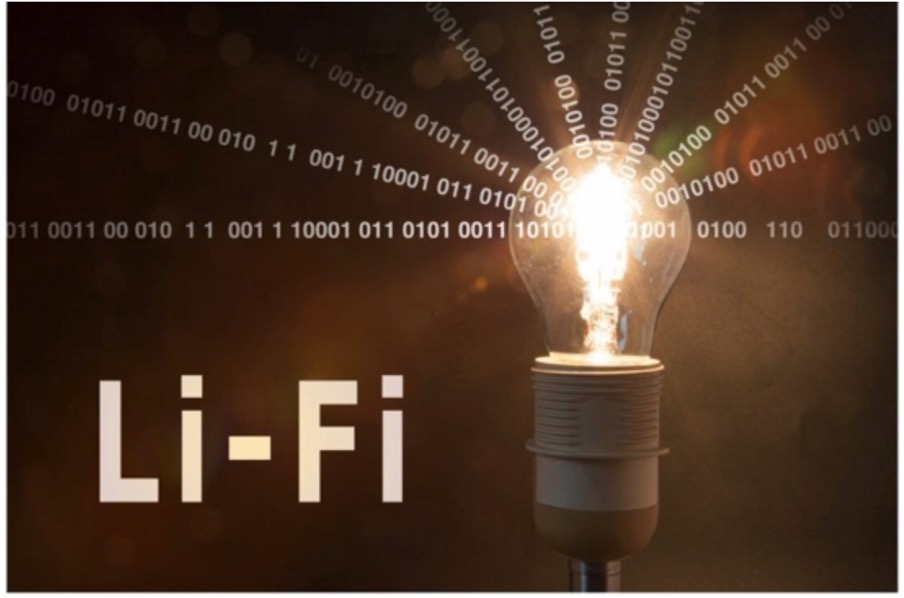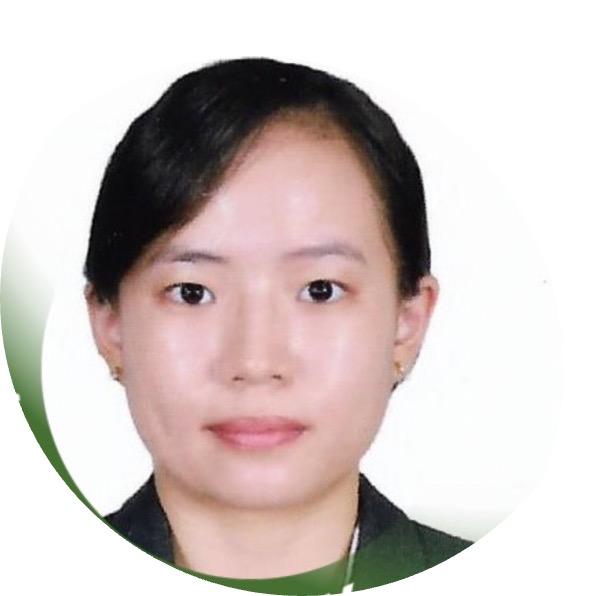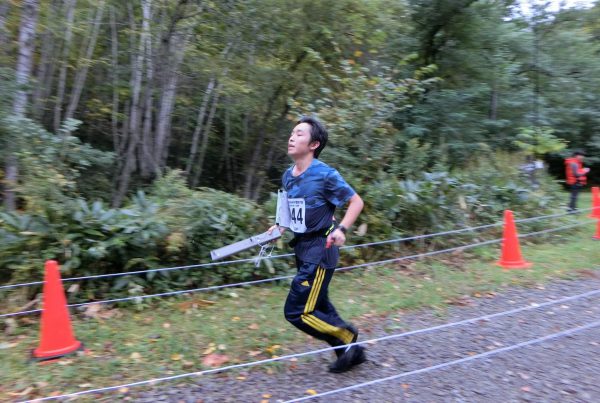From the first campfires to the oil-filled lamp and electric torch, artificial light is an indispensable element of our life. The objective has been to provide illumination in areas that the Sun can’t reach. So, what if light could do more than illuminate? What if it could send streams of data as well?
Japan is one of the countries where researchers are already working on ways to make this a reality. Chloe Choe Wei Ee, a master’s student from the Nagaoka University of Technology, believes that an emerging area of technology, which uses the high-speed response of the LED to encode data, could open new and exciting possibilities in the way we send and receive information. According to her, VLC is expected to make significant inroads into wireless network applications across various domains: indoor wireless communication, effectual transportation, safe and secure hospitals, artificial intelligence and warehouses, intelligent cities, vehicular communication, and indoor point to point communication.
We asked her to share more about this topic with The Nagaoka Review team, her current research in this new area, and her student experience in a new cultural environment.
Background
NR: Could you please tell us a bit about yourself?
Chloe: My name is Chloe Choe Wei Ee, and I’m originally from Malaysia. I enrolled at Nagaoka University of Technology (NUT) in September 2019 to pursue a master’s degree. Next month, I will graduate from Spatial Image Media Laboratory, Faculty of Electrical, Electronics, and Information Engineering.
Prior to pursuing a master’s degree at NUT, I studied the Bachelor of Electronics Engineering majoring in Telecommunications at Multimedia University, Malaysia. Also, in 2018 I joined a two-week summer program at NUT together with another 20 students from Indonesia, Mongolia, India, and Uzbekistan on the SDGs theme. After that summer program, I received a scholarship and decided to study at NUT.
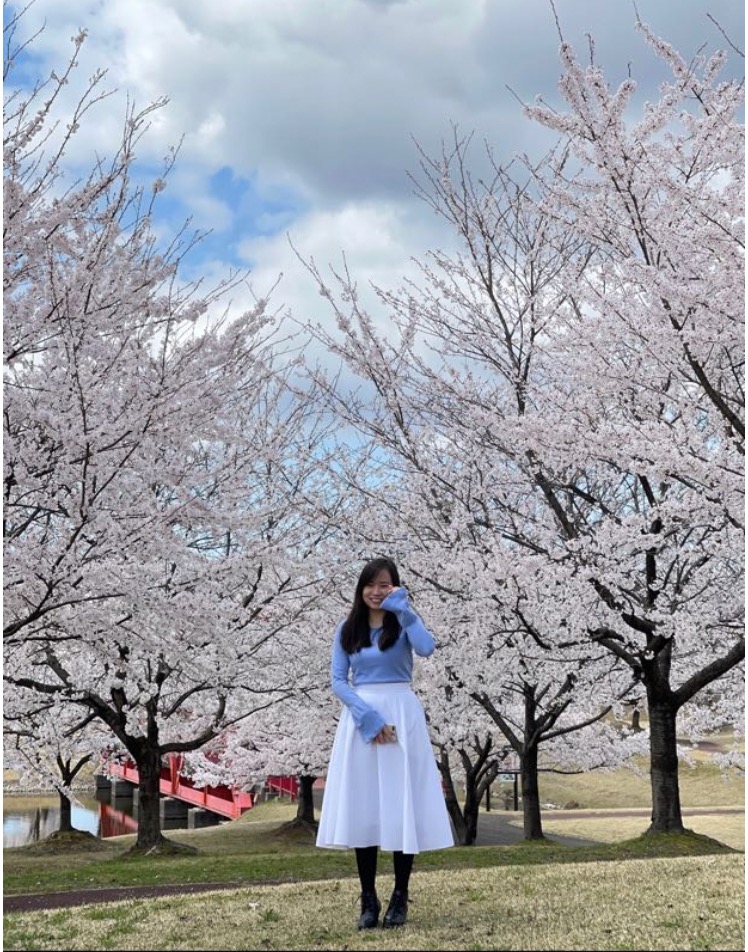
Chloe during Sakura season in Japan. Image courtesy of Chloe
NR: Why did you choose Engineering? How did you become involved in electrical, electronics, and information engineering?
Chloe: I wanted to follow this path because of my general curiosity, how things work, and because it sounds interesting, to pursue a degree in which I could apply my knowledge to problems that have meaning to me. Engineering has applications in many fields, and I was interested in exploring a multitude of possibilities. And I learned that engineering could have an essential role in improving people’s lives. Engineering, therefore, was a great option with applications to many meaningful challenges.
Electrical, electronics, and information engineering have always been essential in manufacturing, renewable energy, aerospace, etc. This major has the advantage of covering tens of specializations, making the field very flexible and offering me a great chance to explore them. Put it simply, electrical, and electronic engineers work at the forefront of practical technology, improving the devices and systems we use every day. From solar-energy systems to mobile phones, they innovate to meet society’s communication, tech, and energy needs.
NR: Tell us about your student experience at NUT. What have you learned that is most valuable?
Chloe: As NUT consists of students from various countries, I was more exposed to people from different cultural backgrounds. This allowed me to communicate with them even though our mother languages are other. Besides that, since NUT is a technical university, the subjects and research are taught mainly through practical techniques. I did learn not only theoretical courses but also had many hands-on experiences.
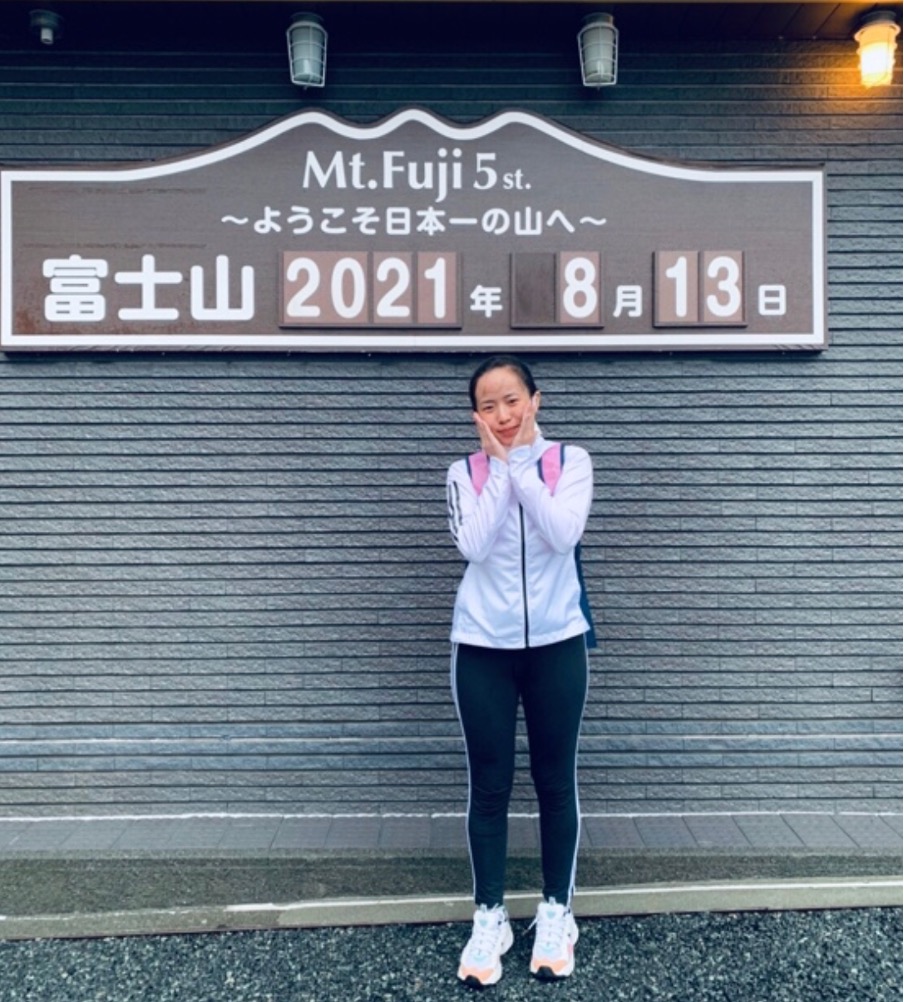
Exploring Japan. Chloe during her trip at Mount Fuji
One of the most valuable things I have learned is the importance of considering the bigger picture in which technology is being applied. Social and cultural factors can be just as crucial in the success of an engineering project as the technical aspects. I have also learned that there may be multiple solutions to the same problem, and the solution that works in one setting may not work in another.
Also, over the past two years at NUT, I have learned how important it is to work in a team and have really enjoyed getting to collaborate with people from all different backgrounds. I found I am interested in working in engineering and technology and hope to work in a field where I can be a part of an interdisciplinary team that can positively impact the lives of people around the world.
The Concept of the VLC
NR: What is VLC about and how did you became interested in this topic?
Chloe: Visible light communication (VLC) is a data communications variant that uses visible light between 400 and 800 THz or more, VLC is a subset of optical wireless communications technologies, like Wi-Fi; however, the light signal carries information instead of radiofrequency. The user can use their smartphone camera to direct towards the light source, and data can be obtained when it captures the image of light.
How did I become interested in this topic? Well, to send data, modulation of light is required. This modulation is performed so that it is not perceptible to the human eye and does not have any adverse effect on lighting quality. This aspect brought my attention to VLC and developed my interest in how visible light can carry signals to transmit data. The contemporary world is counting on the internet so much, and global data traffic will be congested in a few years. The VLC technology can ease congestion and provide information in local places like hospitals and aircraft. In conjunction with the SDG goals, VLC offers a green technology with the advantage of LED lights. This system is low energy and sustainable illumination technology, and it can reduce ecological footprint with low power consumption.
VLS system. Image courtesy of Chloe
NR: What are you currently working on?
Chloe: The central objective of my research is to support the transmission of VLC at both long-distance with a low-speed and short distance with high-speed simultaneously. The system works by modulating the LED signal to transmit only one sequence of a light waveform, consisting of two data streams of low-speed and high-speed signals. Currently, I’m also working on publishing a paper about my research.
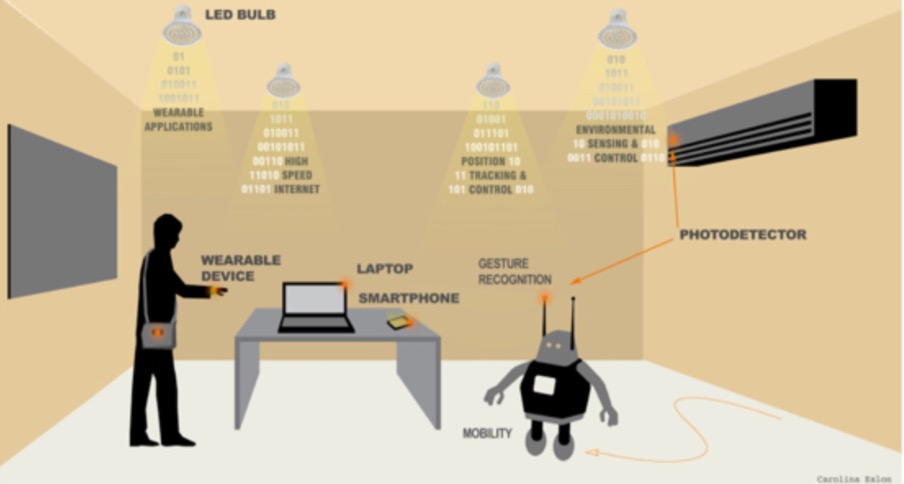
The short representation of how VLC system is working. Image by Chloe
NR: There are undoubtedly specific strategic goals that you want to achieve. Can you name and explain them?
Chloe: The immediate plans are to stay in Japan, as it is a country that promotes sustainable technologies. Currently, I am also looking for a job as an engineer to work after graduating from NUT. I prefer a position related to my field of study: electrical engineering, electronics, and information engineering. In addition, I will continue to study Japanese and work hard to improve my language skills.

